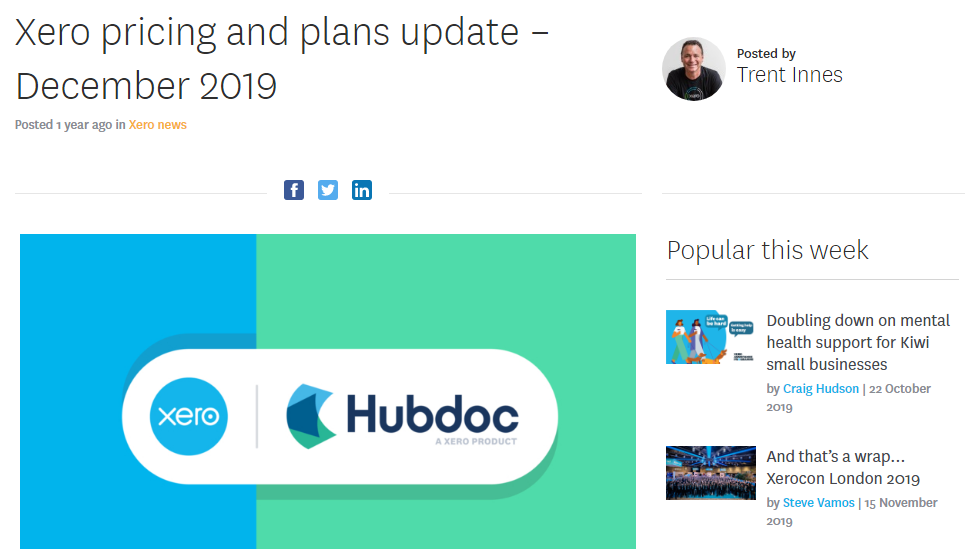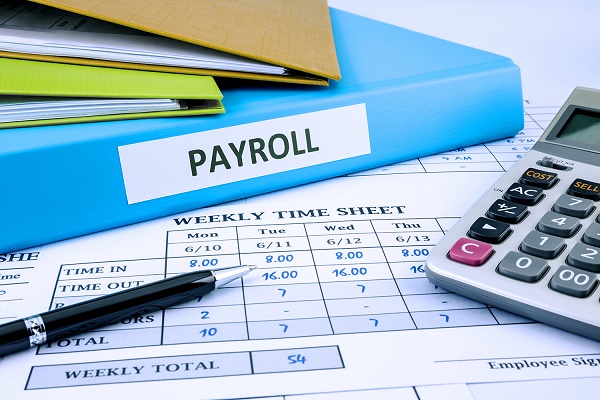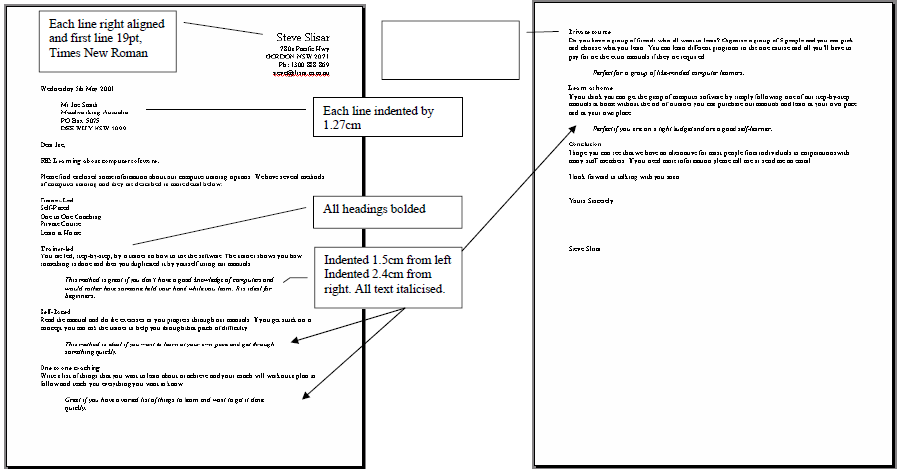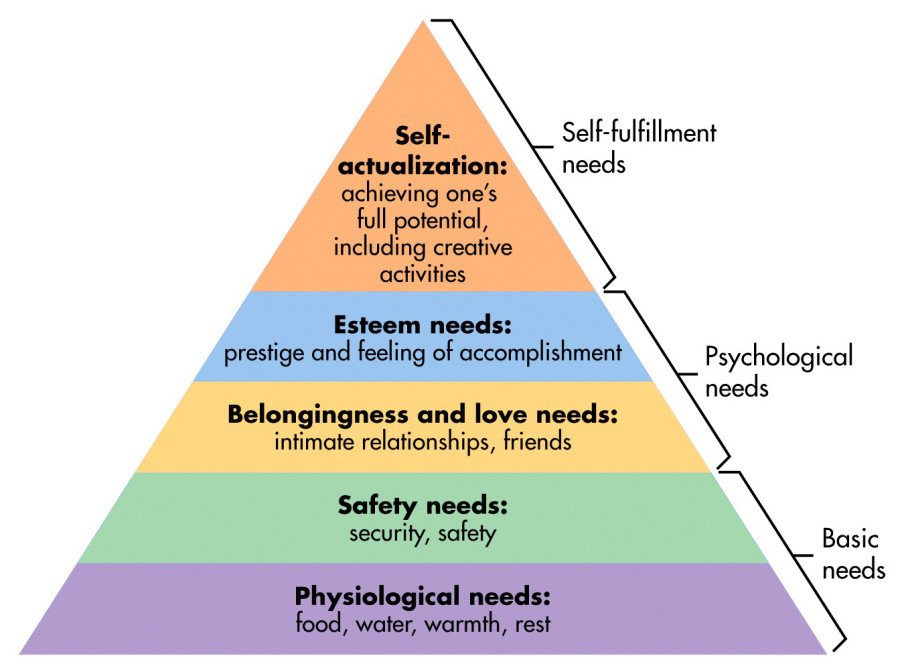
It seems to be the season for companies admitting that they’ve underpaid their employees. Bunnings admitted to underpaying employees for 8 years, Woolworths has underpaid over 6,000 employees, Celebrity Chefs have been caught underpaying and even the City of Fremantle will shell out half a million in back pay to underpaid staff!
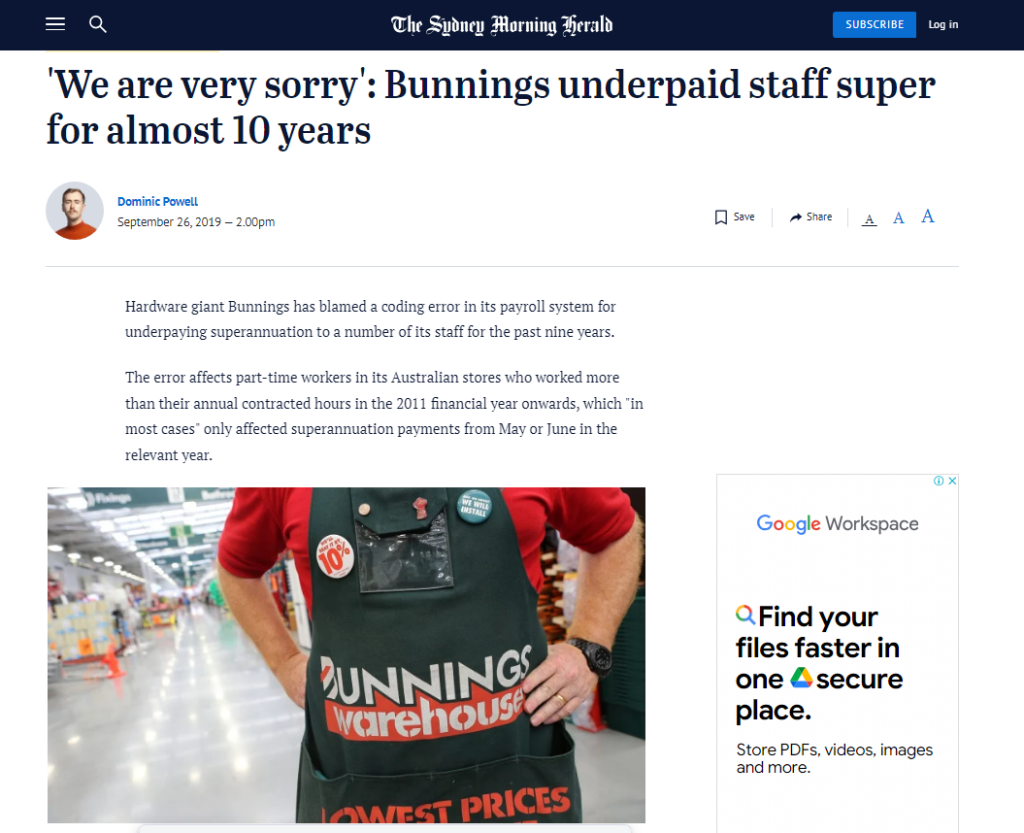
The scariest news article I read was in the Sydney Morning Herald where dozens of small businesses were caught underpaying staff! It was revealed by the Fair Work Ombudsman as a result of audits they performed on cheap Sydney eateries which are EVERYWHERE! Here’s what you can do about it
Continue reading Payroll & staff underpayments affect you even if Xero, QBO or MYOB say it’s easy


